Gender in Representations and Experiences of Crime
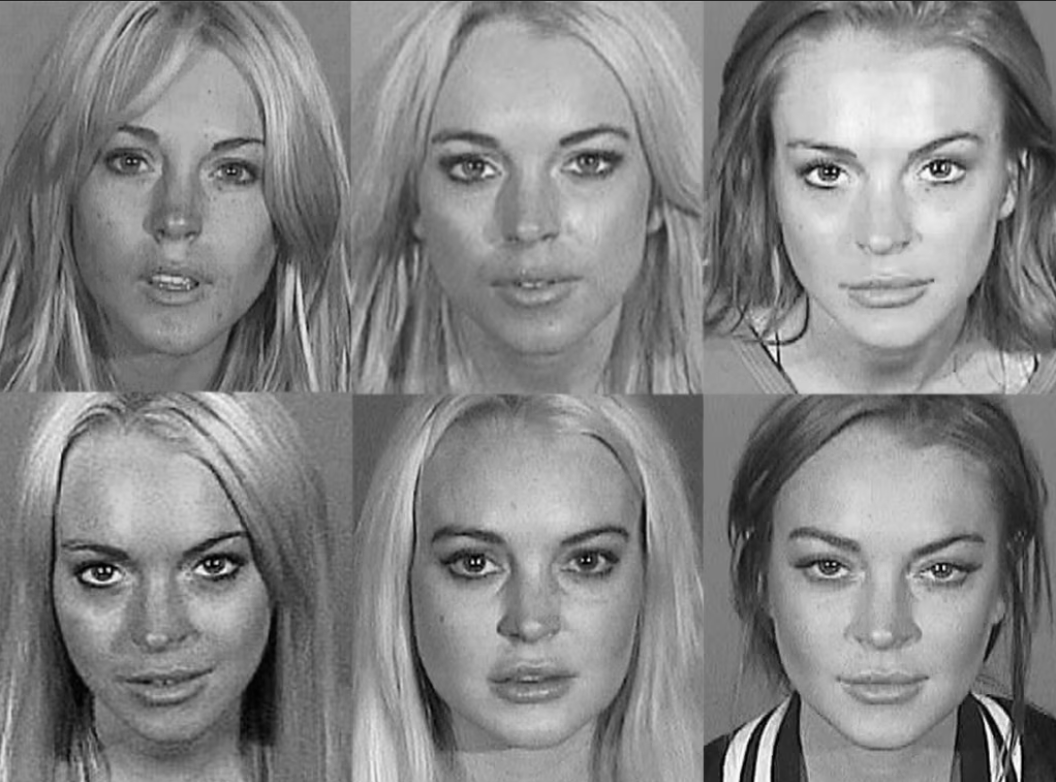
Gender & Media Representations of Crime
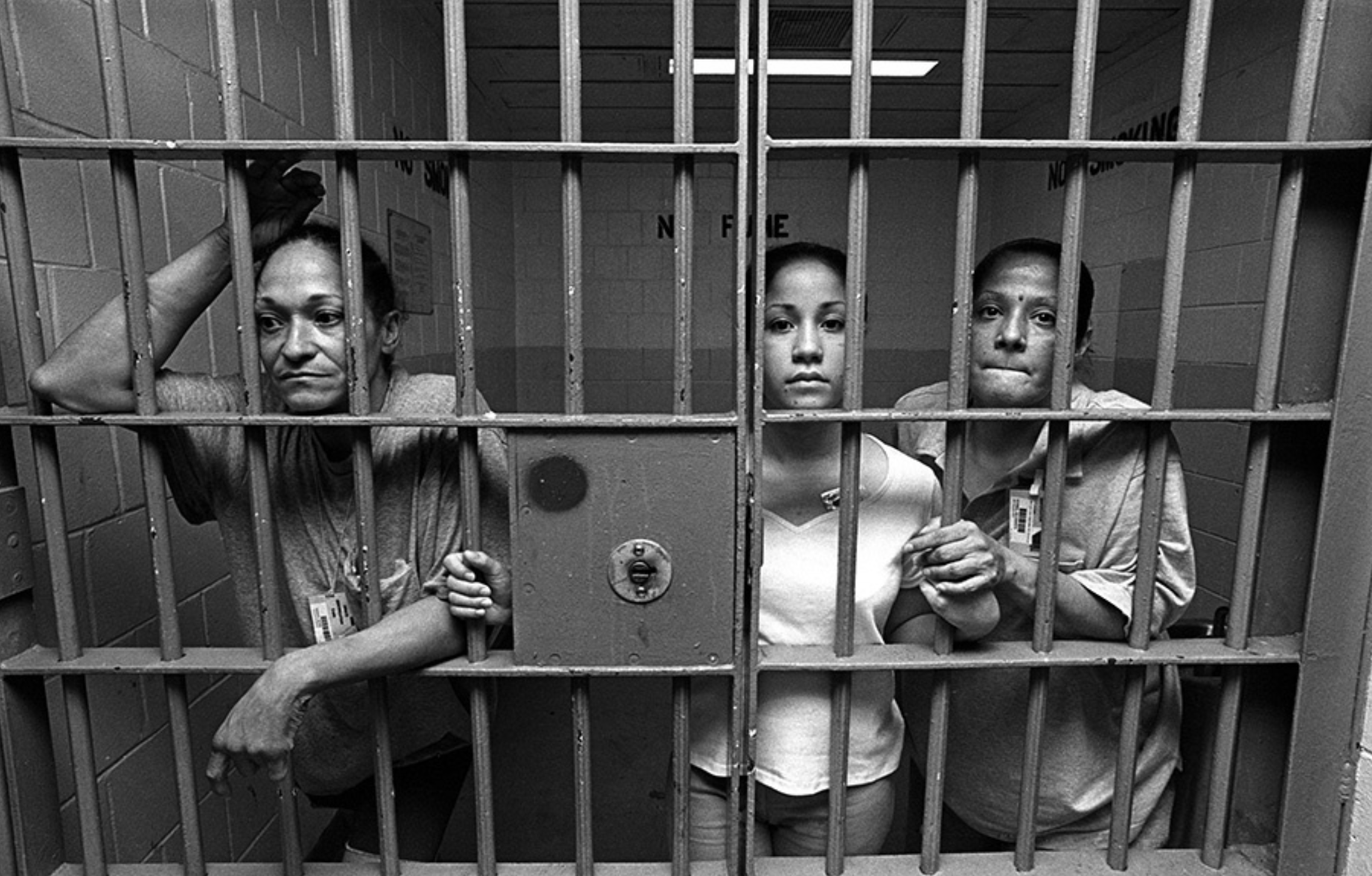
Looking into how women are portrayed differently as victims and perpetrators of crimes within the media
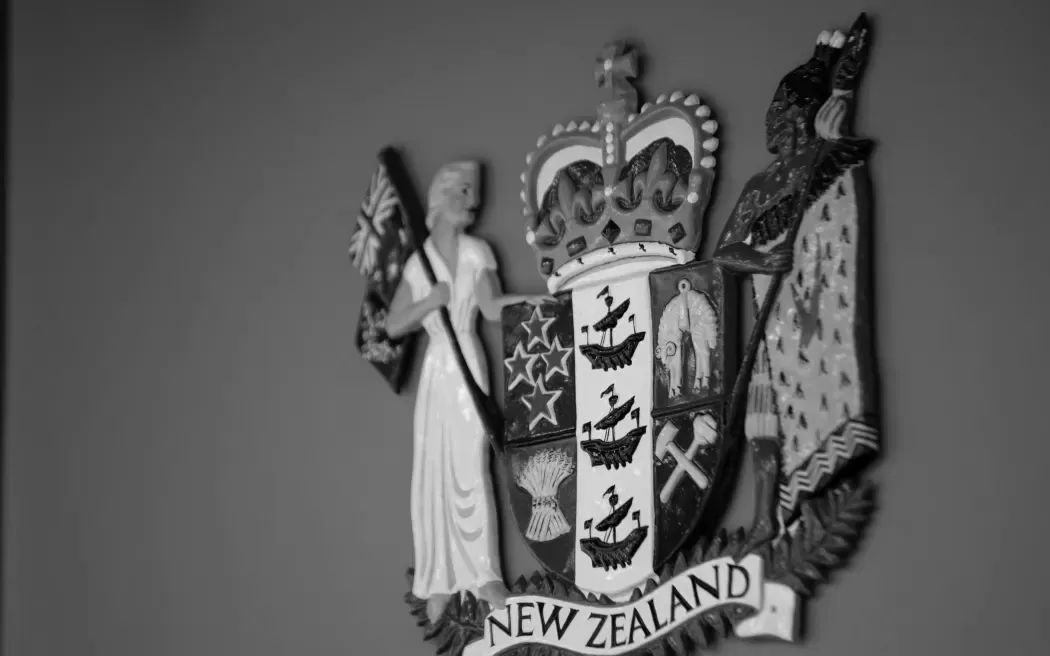
Examining the over-representation of Wāhine Māori in New Zealand's justice system, and how this is reflected in the news media.
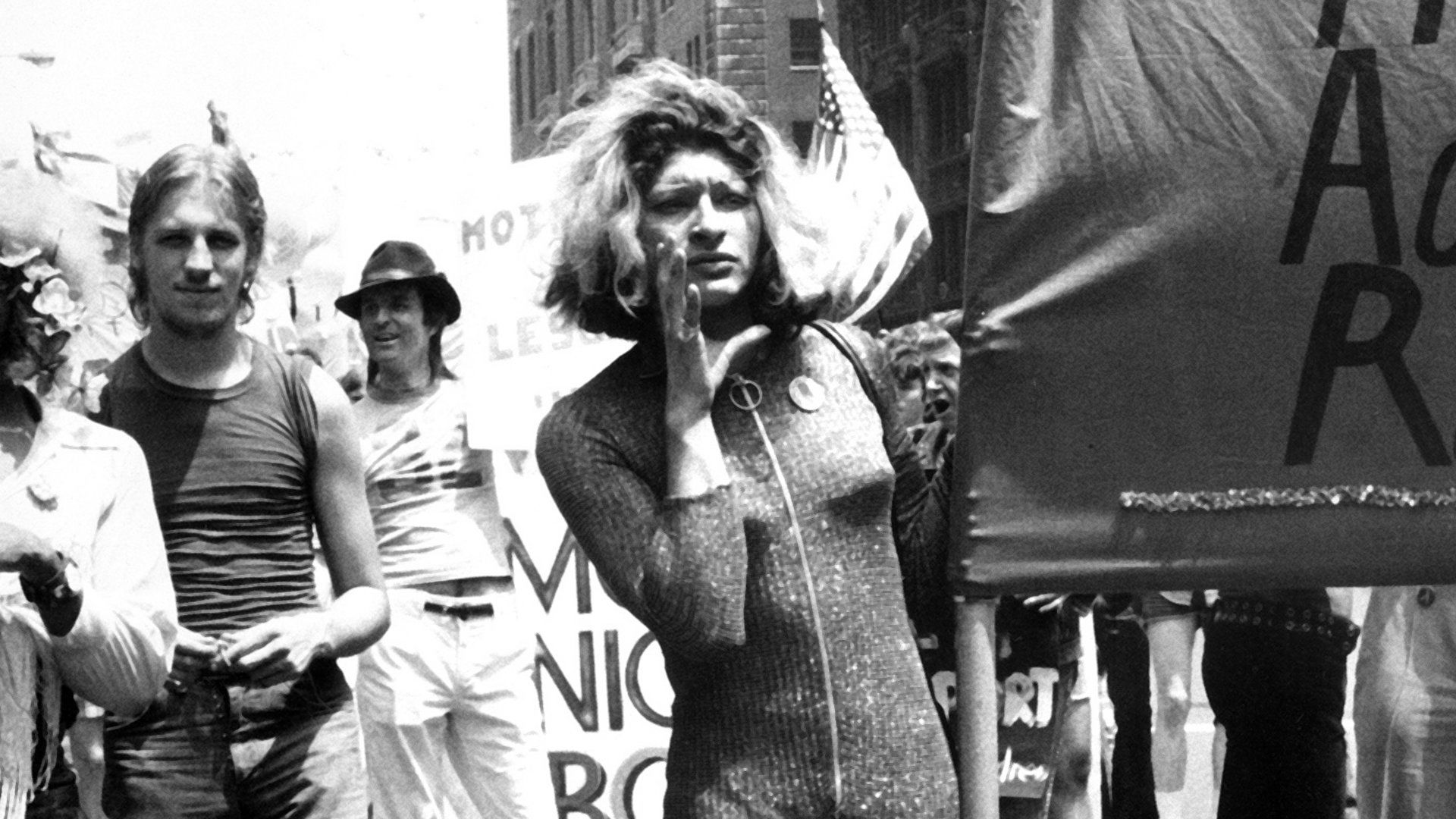
Looking at how the media portrays transgender people as both victims and offenders of crime, and the real life impacts of these representations

Depictions of violence against women in true crime media and their deaths as an alluring spectacle
Women as the Victim & the Perpetrator

Portrayals of women in the media as victims
Two categories have been created when it comes to women being the victim of a crime, either the “ideal victim”, or the “not so ideal victim”.
The ideal victim refers to a woman or category of an individual who, when hit by a crime, most readily are given the complete and legitimate status of being a victim.
The "ideal victim":
Anita Cobby - The "perfect victim"
Sydney nurse Anita Cobby was walking home from dinner with friends in 1986. While walking, she was abducted, assaulted, raped, and then murdered.
After her murder became public, she was portrayed in the media as “innocent” and “childlike”.
Anita Cobby was considered the perfect victim, being a vulnerable and weak woman walking on her own at night, and she was not doing anything wrong when the crime took place.
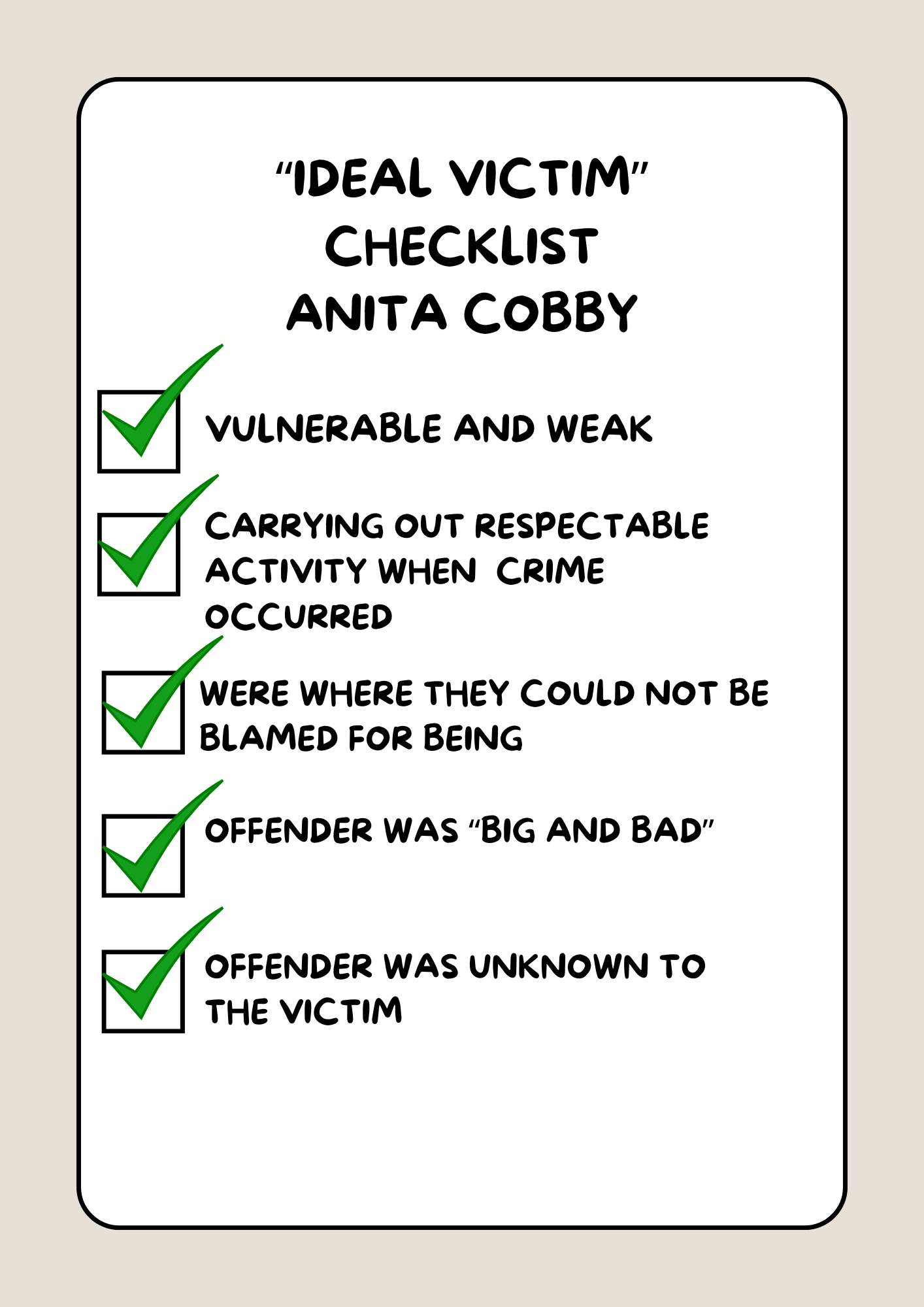
Leigh Leigh - The "not so ideal victim"
On the other hand, fourteen year old Leigh Leigh did not get the same treatment from the media when she was raped and murdered by a grown man.
Leigh Leigh was described in the media as acting older than she actually was as well as implying that she put herself in that dangerous position by getting drunk at a party with other teenagers. Instead of blaming the man that brutally murdered the teen, the media pointed the finger at the parents, suggesting that their lack of supervision was one of the key reasons their daughter is dead.

Another example of comparison for being an ideal victim is Jill Meagher. The ABC employee was raped and murdered while walking home. Jill’s death was widely reported all over the media, she was portrayed clearly as a victim and the community deeply grieved her death.
However, two other women were murdered around the same time as Jill and received nowhere near the same amount of media coverage, both of these women were sex workers.

Anita Cobby - The "perfect victim"
Anita Cobby - The "perfect victim"

Anita Cobby - The "perfect victim"
Anita Cobby - The "perfect victim"

Anita Cobby - The "perfect victim"
Anita Cobby - The "perfect victim"

Anita Cobby - The "perfect victim"
Anita Cobby - The "perfect victim"

Leigh Leigh - The "not so ideal victim"
Leigh Leigh - The "not so ideal victim"

Leigh Leigh - The "not so ideal victim"
Leigh Leigh - The "not so ideal victim"

Leigh Leigh - The "not so ideal victim"
Leigh Leigh - The "not so ideal victim"

Leigh Leigh - The "not so ideal victim"
Leigh Leigh - The "not so ideal victim"

Jill Meagher - an ideal victim
Jill Meagher - an ideal victim
Mad or Bad?
Hegemonic discourses around “violent women” often portray them as either “mad” or “bad”.
Madness discourse portrays violent women acting out as a result of their raging hormones and their biology.
In contrast, the badness discourse portrays violent women as evil, frightening creatures who have deviated from the norm of being a caring, nurturing woman.
Men who kill female intimate partners
Men who kill their intimate female partners can blame it on provocation or the women being unfaithful, nagging, failing to fulfil her duties as a partner.
Men killing their partner as a response are often viewed by others as understandable, and sometimes even justified, ultimately condoning this behaviour from men, fully shifting the responsibility and fault onto the women.
Phrases often used to rationalise and justify the males decision to kill women have included:
- “She drove him to do it”
- “It was her own fault”
- “She got what was coming to her”
These types of attitudes create the idea that extreme violence and killing of women are seen as acceptable or excusable under certain circumstances such as when she is seen as “nagging” or being unfaithful.

Women who kill their male intimate partners
When it comes to women who kill their male partners, they are represented as either deviant or failures to conform to expected heterosexual roles and behaviour.
Women who kill are transgressors of the law, but also taboos of female behaviour.
Women are supposed to nurture and protect, not to kill.
If women kill intimate partners, they do not receive the same justification as men do, they are judged because they did not leave the violent partner, or call the police to help. Instead they resorted to violence.
Men who kill their partners may be perceived as law-breakers, but they have not necessarily broken any `masculine taboos’. Men’s actions are frequently depicted as an extreme version of expectations around masculinity and the gendered exercise of physical power.
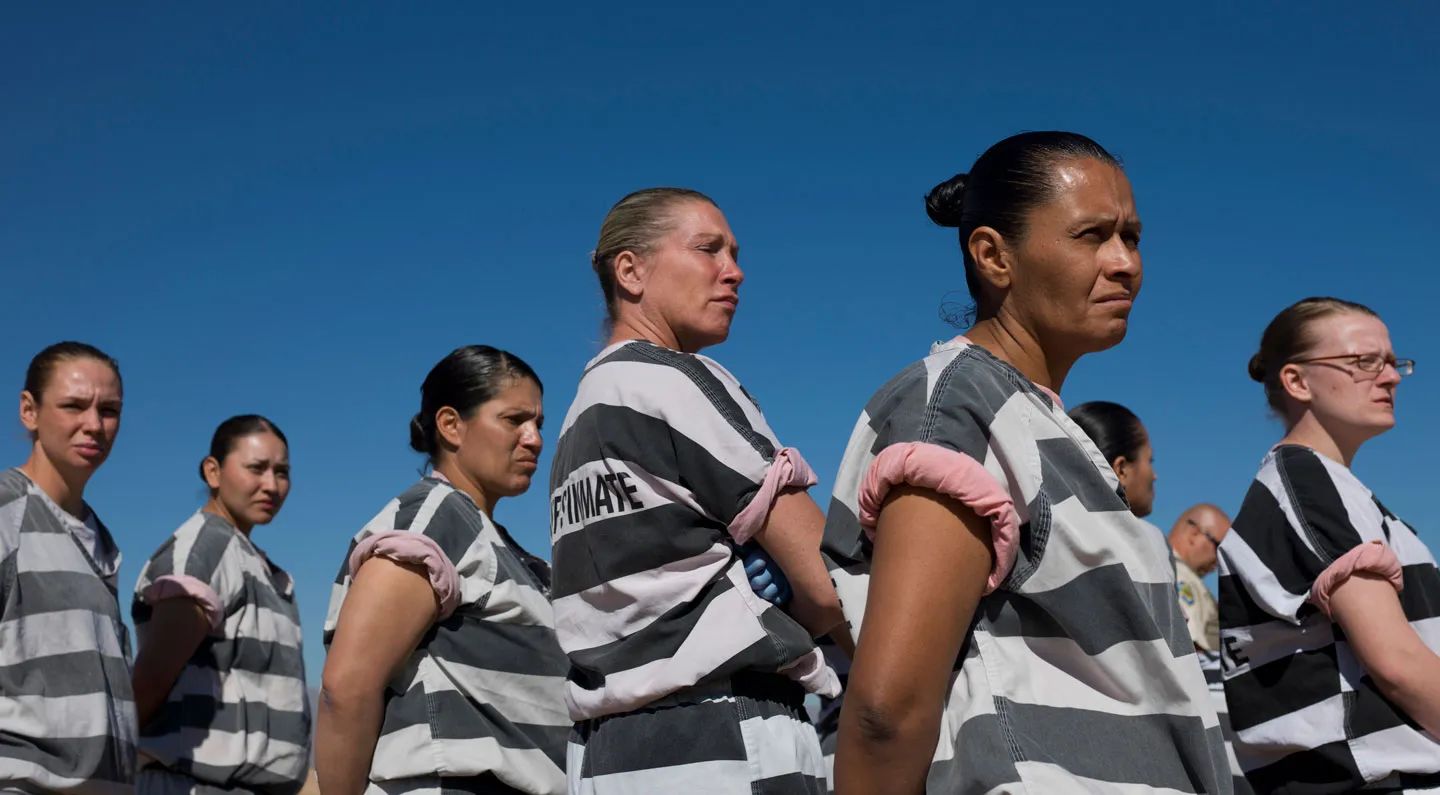


Wāhine Māori Experiences of the Criminal Justice System
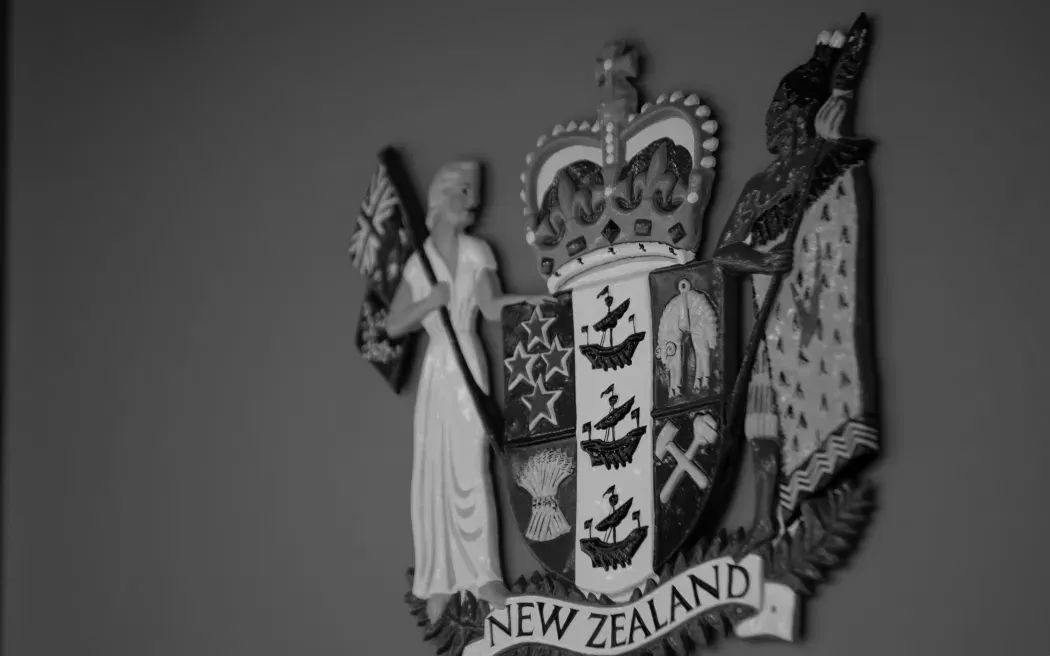

Māori women experience Aotearoa's justice system differently to Pākehā women.
Government agencies often analyse gender and race as separate categories - this renders the experiences of Māori women in the justice system as invisible.
Despite the fact that the government tries to separate these identities, they are inextricably linked.
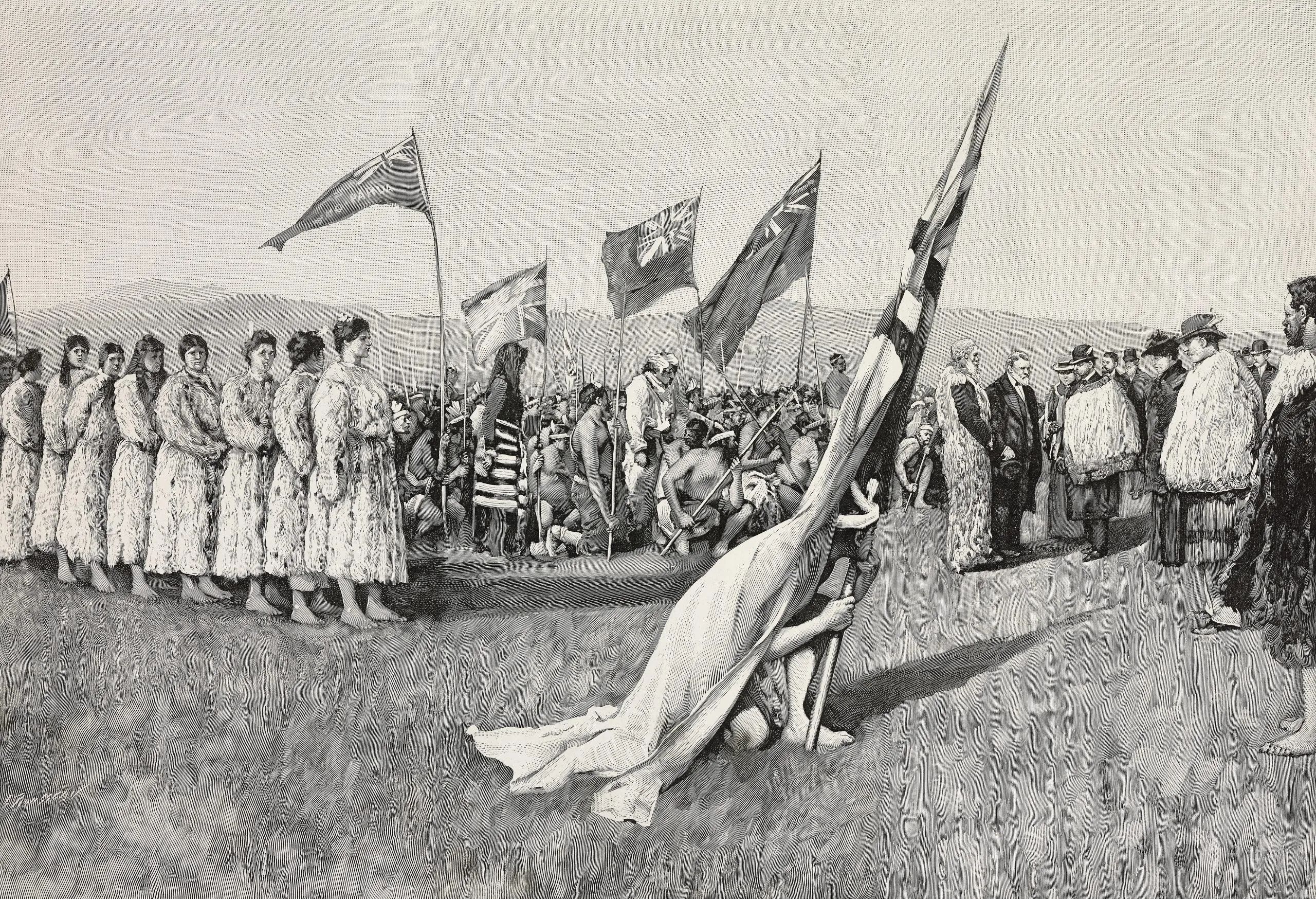
How are Māori women over-represented in the justice system?
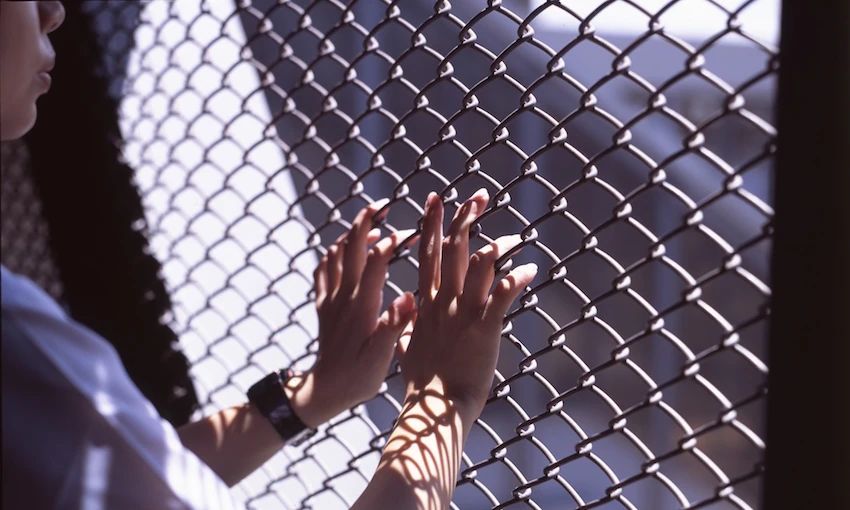
Prison Population
Overall, Māori are over-represented at all stages of the criminal justice system - although they make up 15% of the general population, 52% of all people in NZ prisons are Māori (MOJ, n.d.). This rate is even more concerning for Wāhine Māori, who make up approximately 63% of the female prison population (Adair, 2023).
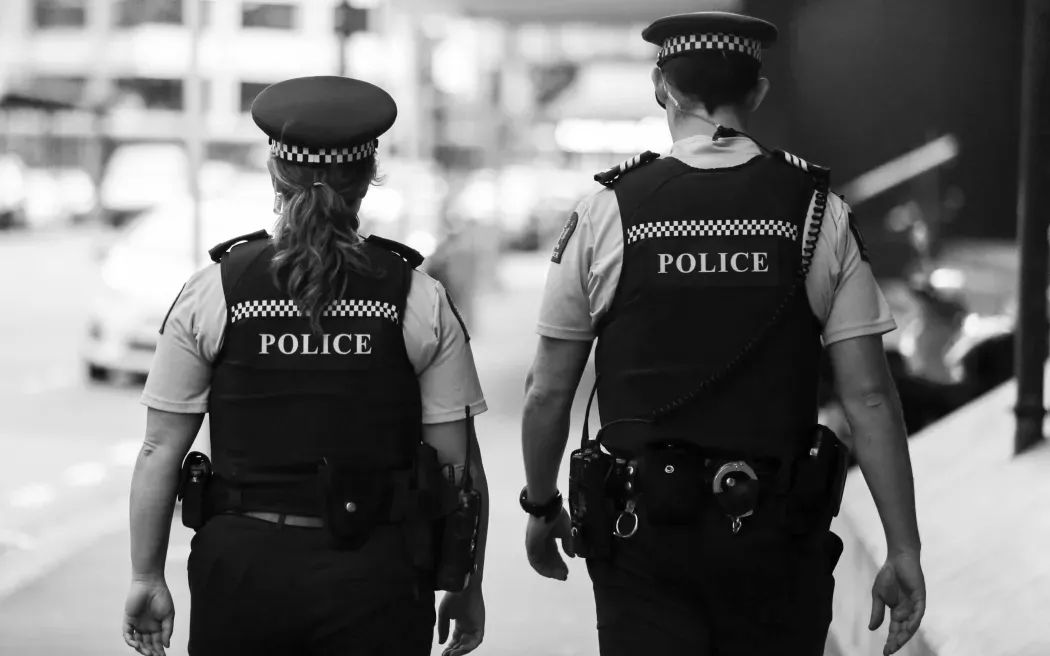
State Violence
Further, Māori are exposed to higher rates of state violence prior to even entering prison - Māori are 6x more likely than Pākehā to have a gun pulled on them; 9x more likely to be tasered; and 11x more likely to be pepper sprayed (Walters, 2020).

Arrests & Sentencing
The intersection of race and gender can also be seen through arrest and sentencing rates - Māori women are 5x more likely to be arrested, charged and convicted and 10x more likely to be sentenced to prison than Pākehā women, while Māori men are 4x more likely to be arrested and 7x more likely to be sentenced to prison compared to Pākehā men (Deckert, 2020).
Why is the Wāhine Māori experience so different to Pākehā?
One of the most predominant reasons is the historical marginalisation of Wāhine Māori socially, economically, and politically.
The economic marginalisation of Māori women can be traced back to the introduction of native schools, which transformed how gender roles were conceptualised for Māori.
Education was highly racialised and gendered; Māori women, being viewed as inferior to Pākehā men and women, as well as Māori men, were taught how to be "good" domestic servants for Pākehā, and "good" wives for Māori men (Dickson, 2005).
This forcing of women into unskilled, low-paid labour was compounded with the land theft committed by the British Crown against Māori throughout the 1800s and 1900s, stripping them of their economic base and leading to intergenerational socio-economic disadvantage.
These actions of the New Zealand government and the Crown were motivated by narratives of Māori as being childlike and unintelligent, thus deeming the control and domination over their lives as necessary (Deckert, 2020).
Current Day
The socio-economic disadvantage of Wāhine Māori has continued - they are over-represented in every negative socio-economic indices in connection to health, housing, education, and poverty, which have all been shown to increase the risk of criminal activity (Quince, 2010).
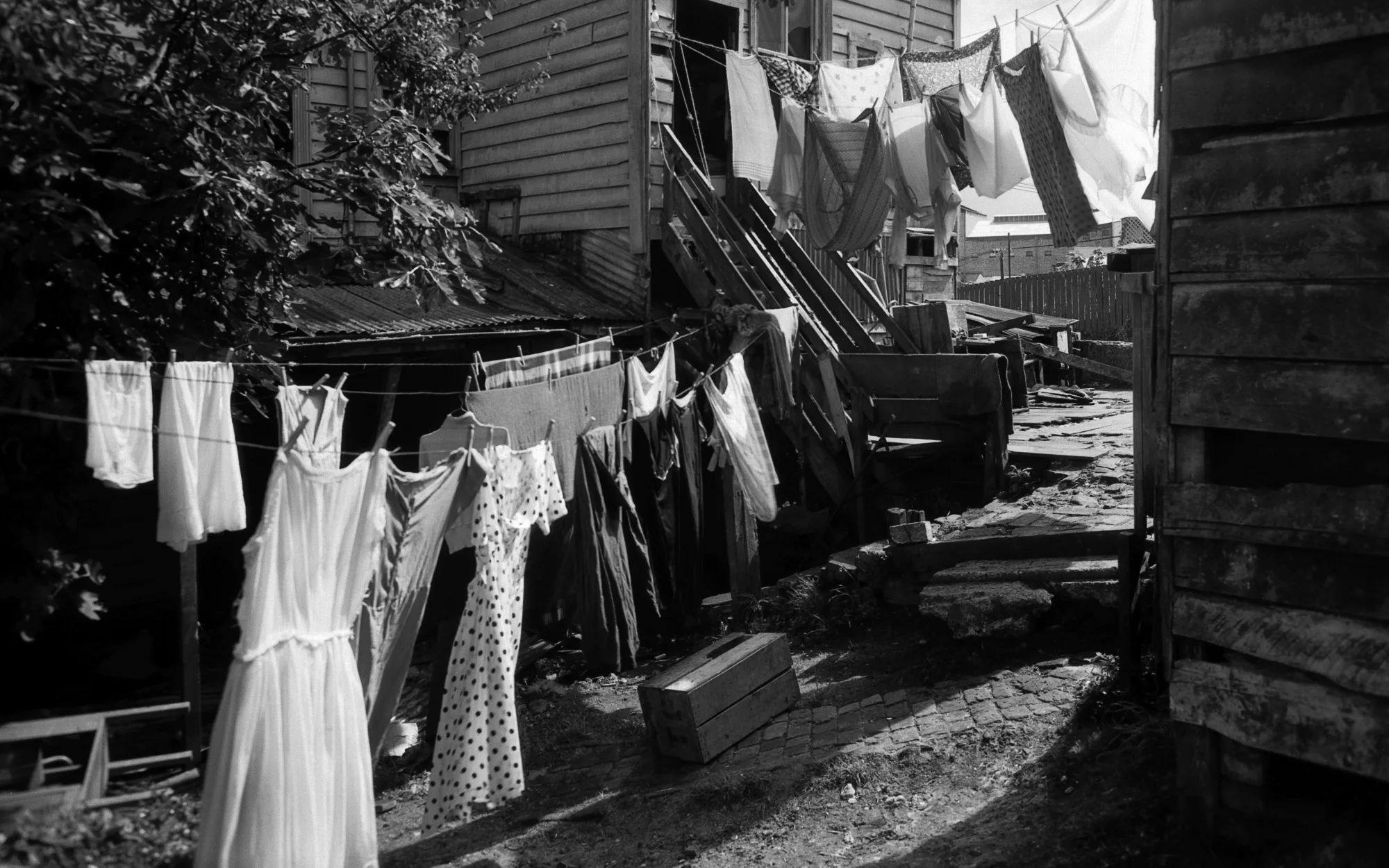
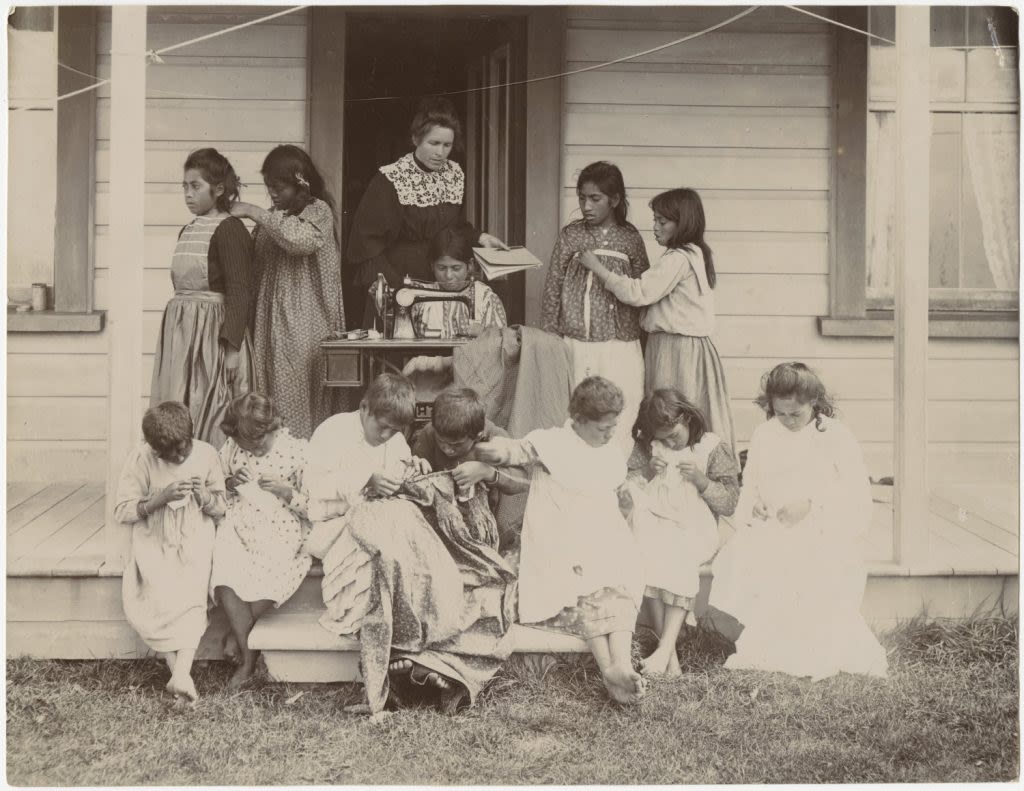
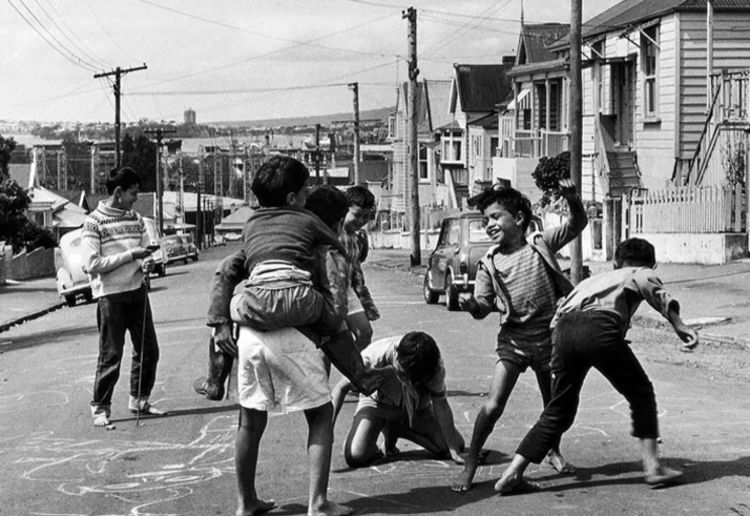
One of the most obvious manifestations of the connections between race and gender for Wāhine Māori offenders can be seen in the news media. The type of news media articles published for this group are notably different in content when compared to their Pakeha equivalents.
The types of stories published about Wāhine Māori offenders often seem purposefully framed justify the over-representation of this group in Aotearoa’s justice system – the news media acts to shape public opinion and consent towards penal policies, with the voices of pro-victim and punitive punishment lobbying groups gaining a bigger platform with the media (Deckert, 2020).
Aotearoa’s news media outlets often portray Māori women as “conniving, heartless, uncaring, aloof and lacking remorse.” (Deckert, 2020, p. 349) As the quotes to the right demonstrate, New Zealand news media also tend to exclude indicators of offender’s ethnicity if the offender is non-Māori – whether this be the offender’s name or photo. These quotes include Māori names/surnames paired with depictions of the offenders as uncaring and remorseless.
“Judge Christina Cook said [Moana Theresa] Water’s actions had put the public at risk: ‘You were very aware your partner was intoxicated and wasn’t to be driving a motor vehicle and you allowed him to do that’.”
“Tonihi, a prolific shoplifter, is no stranger to the courts and clocked her 32nd shoplifting conviction in August 2011 after concealing six bottles of shampoo in her jacket at Napier’s Marewa Four Square.”
But all of this is not to say that things aren’t changing. In recent years, there have been increasing numbers of stories in the media that highlight the disproportionate criminalisation and dehumanising prison experiences of Māori women.
This article highlights the loss and grief often experienced by Māori women in prison, compounded by degrading procedures like internal searches.
The intersections of gender and race are explored in this story, where Māori and Pasifika women are exposed to higher rates of solitary confinement and pepper spraying.
Karma Cripps describes her experience in Auckland Women's Prison - being pepper sprayed as an asthmatic woman, and having to beg for sanitary products.
Television news segments are also important in getting a message across to a large audience - this example emphasises the important of woman-to-woman connection for Wāhine Māori in prison, which contributes to successful reintegration into society after release.
Portrayals of Transgender People in Crime

Transgender (or trans) people are one of the most vulnerable groups in our society today, facing greater mortality risk than cisgender (non-trans) populations with an increased risk for trans-feminine individuals (Hughes et al., 2022), in part due to the high rate of transphobic acts of murder. However, their portrayals as victims within the media are unkind and dehumanising. On the other hand, the demonisation of transgender people as perpetrators of crime, particularly grooming and pedophilia, is significant within portrayals of crime as well. The combination of these representations functions to create real world impacts for the lives and understandings of transgender people today.
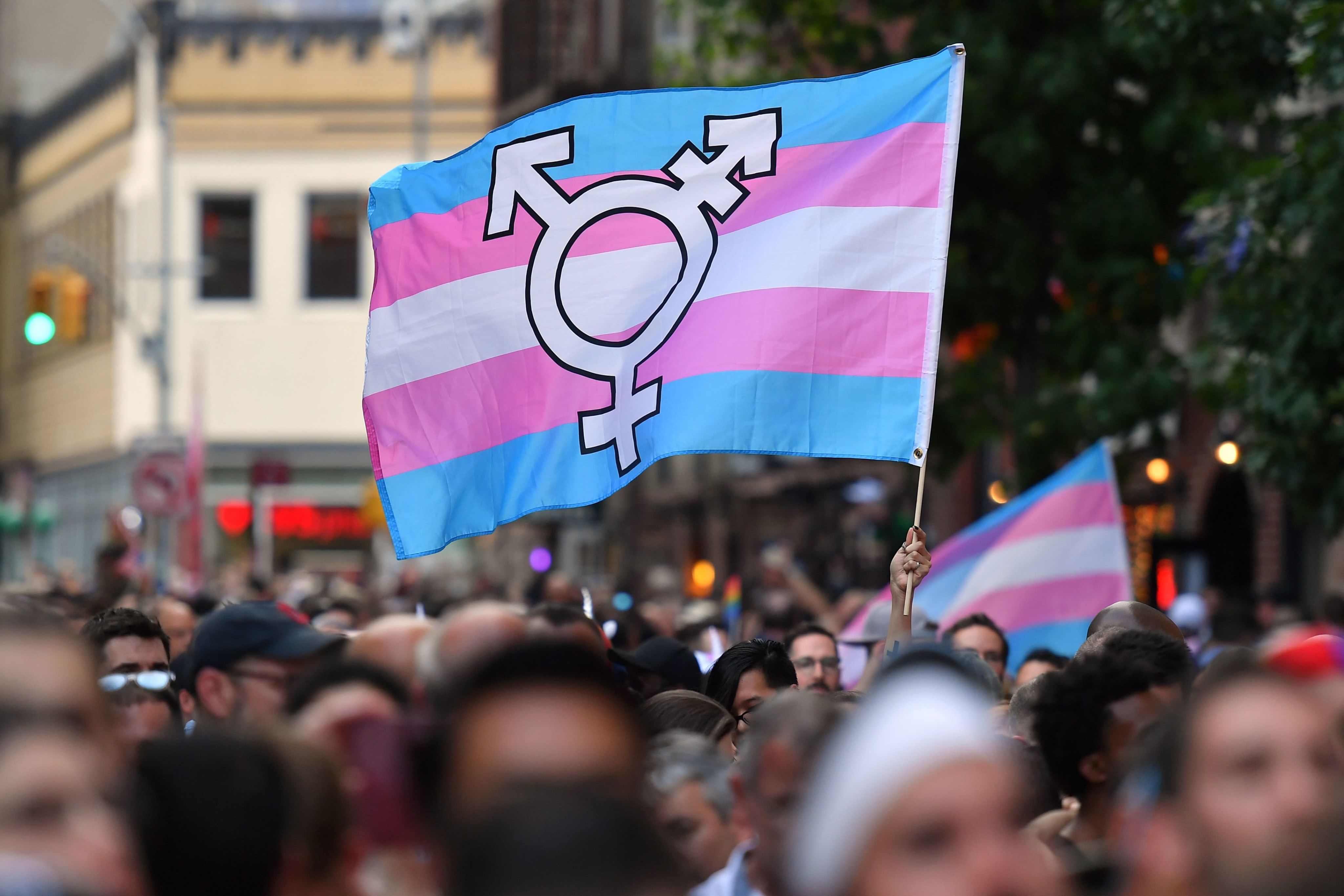
Media Representations of Transgender People as Victims
In the unfortunately common instance of transgender people being murdered, representations in the media of their death do not typically portray the victims with the same dignity compared to cisgender victims. This is especially true for transgender women of colour. News outlets especially portray these victims and their deaths in negative and minimising ways through:
Trivialising their deaths via sexualisation and objectification of their work and identities (such as being sex workers)
Misgendering and deadnaming* the transgender victims, which distorts the image of these women as victims
Constructing these women as 'deviants,' 'deceivers' or 'criminals deserving of homicides' (DeJong et al., 2021) by using mugshots and conflating their potential criminal history as their only identifier
Failing to acknowledge the nuance in the victimisation of transgender women with acts of homicide being gender-based violence, and the intersectional aspects of murdering transgender women of colour
*Misgendering is the act of using the incorrect and/or past pronouns of a transgender person that doesn’t align with their gender identity, deadnaming is the act of using the name a transgender person had before their transition (Wood et al., 2019; DeJong et al., 2021)

An example of these strategies is seen when looking at the portrayal of the murder of Cece Dove, a Black transgender woman, in 2013. An author of an Ohio newspaper recounting her death misgendered and dehumanised Cece through only referring to her as “the body”, where the author trivialised the horror of her murder and instead focused on her identity as a transwoman, noting that “the body was oddly dressed” (Caniglia, 2013). Finally, the author chose to use a mugshot to identify Cece when a quick search found many other images of Cece happy and smiling, intending to paint Cece as a criminal and deviant, ultimately minimising the awful loss of the 20 year old woman.
Article discussing the death of Cece Dove, using a dehumanising and trivialising portrayal
Media Representations of Transgender People as Offenders
This minimisation and dehumanisation of transgender people as victims works alongside how they are portrayed as offenders of crime within media representations. Allegations of transgender people as ‘groomers’ and ‘pedophiles’ have risen significantly in the past few years, even with no evidence or claims of this abuse.
These portrayals are especially common with right-wing conservative news outlets, such as Fox News who aired 170 segments discussing similar claims about transgender people within the three week period between March 17th and April 6th 2022.
Fox News has a history of linking and fear-mongering transgender people and symbols with pedophilia and grooming, including the Progress Pride flag which incorporates the transgender colours to recognise these identities, and that trans kids “have been led to where they are by adult predators” as claimed by Tucker Carlson in 2022.
Article from Fox News detailing disdain towards the Progress Pride flag and suggesting transgender people are groomers and pedophiles
Video of Tucker Carlson (from 22:28 until 26:44) admonishing the 'trans debate' including stating that transgender kids “have been led to where they are by adult predators”

More than 300 trans people were killed between 1/10/2022 and 30/09/2023
How do these representations contribute to the active harm and murder of trans people?
These false representations and association of trans people as being groomers and pedophiles, alongside the minimisation of transphobic violence, has dire consequences and impacts on this community.
The portrayals of transgender victims within the media function to suggest that their murders can be justified and rationalised when individuals are viewed as deviant, and that their gender identities don’t matter when the news doesn’t acknowledge their correct names and pronouns. These choices of language helps to reinforce transphobic interpersonal and structural violence as the media contributes to shaping how trans people, and their victimisation, is viewed.
Additionally, with the media feeding the debunked myth that transgender people are ‘groomers’ and ‘pedophiles,’ people can feel justified to threaten or harm this community. This has been seen online with transgender influencers, such as non-binary TikToker Jeffrey Marsh, who has faced death threats and claims that they are a “sex-obsessed pedophile intent on grooming their children” (Dickson, 2022). Furthermore, there was a recorded total of 320 transgender people murdered in 2023 with 94% being transwomen or trans-feminine, showing the harmful consequences of these representations within the media (Fleck, 2023).
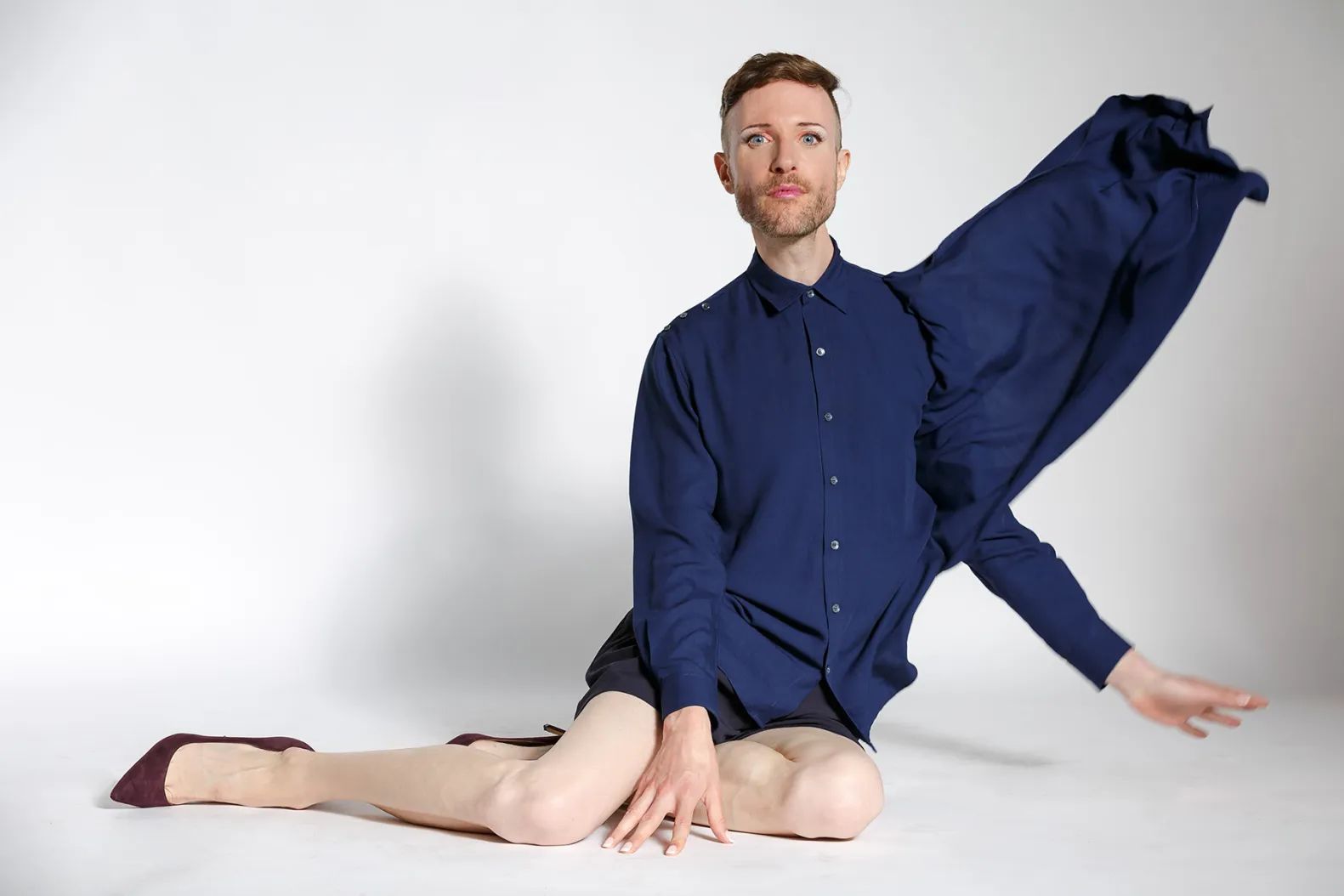
Jeffrey Marsh
Jeffrey Marsh
“sex-obsessed pedophile intent on grooming their children.”
Women &
True Crime Cinema

"In the arts, the torture and death of a woman has always been represented as erotic, exciting, satisfying... especially for young and beautiful women."
- Rebecca Solnit

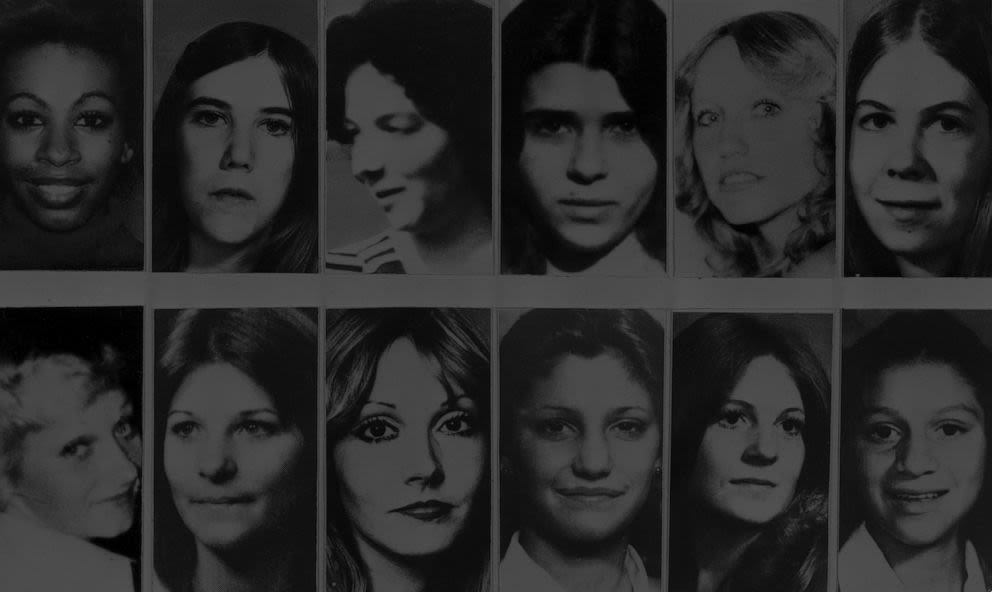

Documentary Media
AN INVASION
As we witness the unfolding of true crime through reputable sources such as news media and first-hand accounts, these examples also possess the capacity to endure a process of mediatisation through the medium of documentary cinema.
At its centrality, true crime documentary utilises perverse ideological structures which rely on the subconscious desires of audiences. Relevant scholarship presents the concept of ‘The Pathological Public Sphere’ as pertaining to these unique desires.

The Pathological Public Sphere
This concept refers to the transformation of the private into the public. It enables the private interiors of individual experience to be communicated through spaces of unhindered spectacle. When displayed through the vehicle of true crime documentary, inherent to this concept is an unsettling process of emotional detachment from the horror of the crimes depicted.
When representing trauma, there are certain ethical boundaries which are crossed due to media blurring the lines between reality and entertainment. Presenting crime as banal encourages audiences to isolate entertainment from the often violent and threatening nature of the actions depicted. This becomes particularly dangerous when we consider how this medium might maintain and contribute to systems of oppression.
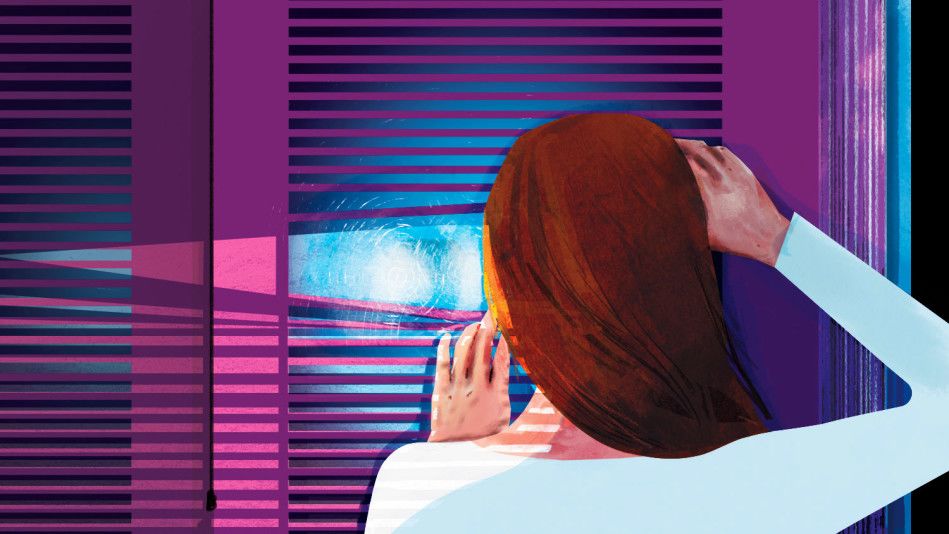
AUDIENCE ENGAGEMENT
Statistically, a large portion of audiences who consume true crime media are women. Online discourses maintain similar interpretations of this phenomenon; many allocating this intrigue as a representation of the self-reflexivity experienced by female audiences.
“Why are the overwhelming majority of true crime fans women? The answer lies at the crossroads among psychology, fear, gender, and desire.”
- Eden Arielle Gordon
Notably, this statistic only refers to serial killings; in cases of homicide, men are more likely to be victims of murder. This presents the compelling and disturbing notion that serial killings are driven and influenced by gender.
Psychological reasoning, as well as public opinion, suggests that female audiences are drawn to true crime due to seeing themselves within the victims. As the narratives unfold, in a state of self-identification, female audiences can engage in a voyeuristic encounter with their prevailing fears.
“Women accounted for roughly 70% of serial killers’ victims between 1985 and 2010, and many of the crimes had sexual motives. Because of this, the majority of true crime stories detail crimes against women.”
- Eden Arielle Gordon, National Coalition Against Domestic Violence
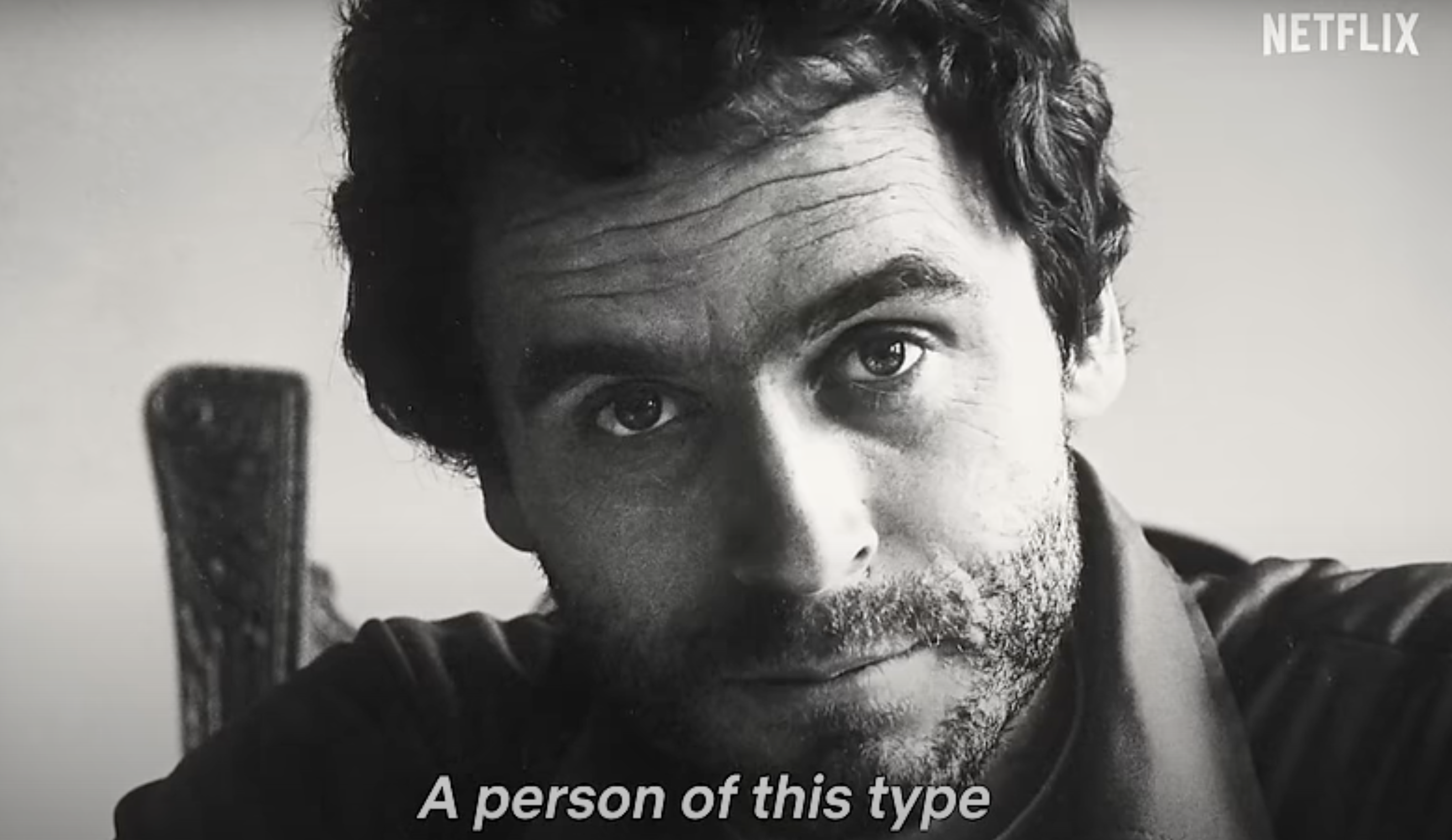
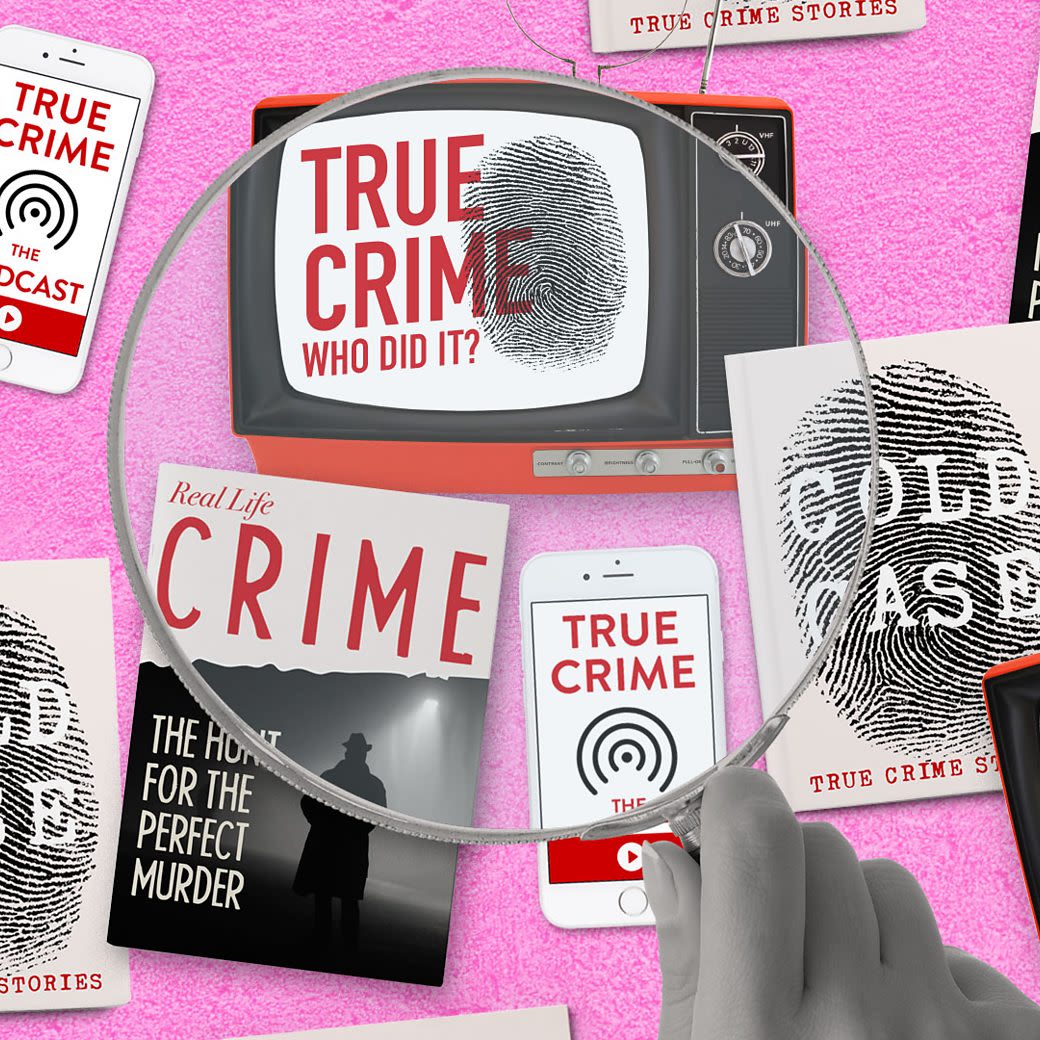
Sensationalising Violence Against Women
In mediatised circumstances of male serial killers committing repeated acts of violence toward women, there is often a disregard for the entrenched values of oppression which contribute to the mentalities of the perpetrators. The entertainment value of displaying the gruesome details of the crimes committed leaves audiences enthralled by spectacle. Documentary cinema also advocates for a humanisation of the killers which can restrict the agency of the victims and minimises their experiences.
As these representations gain a wider audience reach, with women acting as the genres largest consumer, we can observe the pathological public sphere as enabling harmful modes of dissemination. These crimes, and their perceived banality, are deprived of their inherent atrocity, concealed beneath the guise of entertainment.

References
Adair, J. (2023). Shining a light on women in New Zealand prisons. Office of the Inspectorate. https://inspectorate.corrections.govt.nz/news/news_items/shining_a_light_on_women_in_new_zealand_prisons
Berrington, E., & Honkatukia, P. (2002). An Evil Monster and a Poor Thing: Female Violence in the Media. Journal of Scandinavian studies in criminology and crime prevention, 3(1), 50-72.
Bonn, S. A. (2014, November 2). Serial killer myth no. 5: All victims are female. Psychology Today. https://www.psychologytoday.com/us/blog/wicked-deeds/201411/serial-killer-myth-no-5-all-victims-are-female
Community work sentence for Zandria Tonihi after stolen gnomes found in Flaxmere. (2018, Jan 10). New Zealand Herald. https://www.nzherald.co.nz/nz/community-work-sentence-for-zandria-tonihi-after-stolen-gnomes-found-in-flaxmere/GYIX62ZRNMIQWAUU2GDRRP6U5Q/
Deckert, A. (2020). Indigeneity matters: Portrayal of women offenders in New Zealand newspapers. Crime Media Culture, 16(3), 337-357. https://doi.org/10.1177/1741659019873771
DeJong, C., Holt, K., Helm, B., & Morgan, S. J. (2021). “A Human Being Like Other Victims”: The Media Framing of Trans Homicide in the United States. Critical Crimonology, 29, 131-149. https://doi.org/10.1007/s10612-021-09559-z
Dickson, E. (2022, April 21). ‘No Mercy for Child Groomers’: Far Right Targets LGBTQ TikToker Preaching Acceptance . Retrieved from Rolling Stone: https://www.rollingstone.com/culture/culture-features/jeffrey-marsh-tiktok-lgbtq-nonbinary-fox-news-harassment-1339526/
Dickson, M. (2005). Māori women and education. Yearbook of New Zealand Jurisprudence, 8(2), 104-133. https://search-informit-org.ezproxy.otago.ac.nz/doi/10.3316/informit.490036753324412
Fleck, A. (2023, November 15). More Than 300 Trans People Killed in 2023 . Retrieved from Statista: https://www.statista.com/chart/30779/map-of-trans-and-gender-diverse-people-killed/
Gilmour, F. E. (2022). Women, crime and the media. In (1 ed., pp. 87-101). Routledge.
Gordon, E. A. (2023, May 17). Research reveals why Women love true crime. Articles by MagellanTV. https://www.magellantv.com/articles/research-reveals-why-women-love-true-crime
Hughes, L. D., King, W. M., Gamarel, K. E., Geronimus, A. T., Panagiotu, O. A., & Hughto, J. M. (2022). Differences in All-Cause Mortality Among Transgender and Non-Transgender People Enrolled in Private Insurance. Demography, 59(3), 1023-1043. https://doi.org/10.1215/00703370-9942002
Ministry of Justice. (N.D.). Key Initiatives: Hāpaitia te Oranga Tangata. https://www.justice.govt.nz/justice-sector-policy/key-initiatives/key-initiatives-archive/hapaitia-te-oranga-tangata/
Musumeci, N. (2023, June 16). Fox News leaned in on anti-LGBTQ rhetoric, saying the Pride flag promotes 'grooming and pedophilia' . Retrieved from Business Insider: https://www.businessinsider.com/fox-news-blasted-pride-flag-promotes-grooming-and-pedophilia-2023-6
Paterson, A. (2022, April 8). “Doom & Groom”: Fox News has aired 170 segments discussing trans people in the past three weeks . Retrieved from Media Matters For America: https://www.mediamatters.org/fox-news/doom-groom-fox-news-has-aired-170-segments-discussing-trans-people-past-three-weeks
Quince, K. (2010). The bottom of the heap? Why Māori women are over-criminalised in New Zealand. Te Tai Haruru Journal of Māori Legal Writing, 3, 1-35.
Walters, L. (2020, June 30). New Zealand’s force grows while the world calls to defund police. Stuff. https://www.stuff.co.nz/national/crime/300045099/new-zealands-force-grows-while-the-world-calls-to-defund-police
Woman sentenced for letting man drink-drive. (2016, Aug 2017). The Southland Times. https://www.pressreader.com/new-zealand/the-southland-times/20160817/281612419803870
Wood, F., Carrillo, A., & Monk-Turner, E. (2019). Visibly Unknown: Media Depiction of Murdered Transgender Women of Color. Race and Justice, 12(2), 368-386. https://doi.org/10.1177/2153368719886343
Seltzer, M. (2007). Murder / Media / Modernity. True Crime: Observations on Violence and Modernity (pp. 1-33). Routledge
Solnit, R. (2022). Souvenirs de mon inexistence. OLIVER.
Image References
Brown, L. (2022, August 2). Rangatahi Māori and Samoan people treated unfairly in justice system, study finds. Retrieved from RNZ: https://www.rnz.co.nz/news/te-manu-korihi/472089/rangatahi-maori-and-samoan-people-treated-unfairly-in-justice-system-study-finds
Cardwell, H. (2024, March 6). Supreme Court case raises questions of police powers, lawyer says. Retrieved from RNZ: https://www.rnz.co.nz/news/national/511028/supreme-court-case-raises-questions-of-police-powers-lawyer-says
Deckert, A. (2019, October 22). Mother or villain? How Māori women offenders are portrayed in news reporting. Retrieved from The Spinoff: https://thespinoff.co.nz/atea/22-10-2019/mother-or-villain-how-maori-women-offenders-are-portrayed-in-news-reporting
Dickson, E. (2022, April 21). ‘No Mercy for Child Groomers’: Far Right Targets LGBTQ TikToker Preaching Acceptance . Retrieved from Rolling Stone: https://www.rollingstone.com/culture/culture-features/jeffrey-marsh-tiktok-lgbtq-nonbinary-fox-news-harassment-1339526/
E News. (2020, January 4). Best (or Worst) Mug Shots Ever. Retrieved from E News: https://www.eonline.com/photos/11190/best-or-worst-mug-shots-ever
Fleck, A. (2023, November 15). More Than 300 Trans People Killed in 2023 . Retrieved from Statista: https://www.statista.com/chart/30779/map-of-trans-and-gender-diverse-people-killed/
Haberman, C. (2015, June 15). Beyond Caitlyn Jenner Lies a Long Struggle by Transgender People. Retrieved from The New York Times: https://www.nytimes.com/2015/06/15/us/beyond-caitlyn-jenner-lies-a-long-struggle-by-transgender-people.html
Hosking, B. (2017). ‘Anita Cobby murder: ‘Everyone in the car that dreadful night had a passport to doom’. Retrieved from The Guardian: https://www.theguardian.com/australia-news/2017/mar/20/anita-cobby-everyone-in-the-car-that-dreadful-night-had-a-passport-to-doom
Larson, J. (2021, August 17). True crime obsession: Here’s why you can’t stop watching true crime, and how to set better boundaries - parade: Entertainment, recipes, health, life, holidays. Parade. https://parade.com/1248336/jenniferlarson/true-crime-obsession/
McNab, D. (2019). ‘Leigh Leigh: Remembering murdered 14-year-old Stockton girl, 30 years on’. Retrieved from: https://7news.com.au/original-fyi/crime-story-investigator/leigh-leigh-remembering-murdered-14-year-old-stockton-girl-30-years-on-c-535209
Milman, O. (2013). ‘Adrian Bayley jailed for life for murder of Jill Meagher’. Retrieved from The Guardian: https://www.theguardian.com/world/2013/jun/19/adrian-bayley-jailed-jill-meagher
Pennington, P. (2024, April 29). Police intelligence system overhaul delayed amid government cost cutting. Retrieved from RNZ: https://www.rnz.co.nz/news/national/515422/police-intelligence-system-overhaul-delayed-amid-government-cost-cutting
Rummler, O., & Sosin, K. (2021, November 20). 2021 is now the deadliest year on record for transgender people . Retrieved from The 19th*: https://19thnews.org/2021/11/2021-deadliest-year-record-transgender-people/
Shapiro, E. (2021, November 24). City of Angels, City of Death’: Inside the hunt for Los Angeles’ string of serial killers. ABC News. https://abcnews.go.com/US/city-angels-city-death-inside-hunt-los-angeles/story?id=81231947
Smale, A. (2023, November 28). From dying race to urban segregation. Retrieved from Newsroom: https://newsroom.co.nz/2023/11/28/from-dying-race-to-urban-segregation/
Sonoma, S. (2020, October 1). Report: It’s Still Illegal to Be Transgender in These 14 Countries . Retrieved from them: https://www.them.us/story/14-countries-illegal-to-be-transgender
Stories from Tangata Whenua: Surveying Auckland’s housing crisis. (N.D.). Retrieved from RNZ: https://www.rnz.co.nz/programmes/tangata-whenua/story/2018629805/stories-from-tangata-whenua-surveying-auckland-s-housing-crisis
Vaughan, M. (2018, December 10). Stitching in the Detail. Retrieved from Hocken Collections: https://blogs.otago.ac.nz/thehockenblog/stitching-in-the-detail/
Walters, L. (2020, August 9). Decolonise the justice system – ‘tinkering’ won’t do. Retrieved from Newsroom: https://newsroom.co.nz/2020/08/09/decolonise-the-justice-system-tinkering-wont-do/
Media References
Byrne, K. J. (2023, June 14). White House flew controversial new transgender flag that troubles some critics in the gay community . Retrieved from Fox News: https://www.foxnews.com/lifestyle/white-house-flew-controversial-transgender-flag-troubles-some-critics-gay-community
Caniglia, J. (2013, April 29). Oddly dressed body found in Olmsted Township pond identified . Retrieved from cleveland.com: https://www.cleveland.com/metro/2013/04/body_of_oddly_dressed_man_foun.html
Capelle, A. (2022, May 31). Why women love true crime? . YouTube. https://www.youtube.com/watch?v=GRMjUe2qGRU
Duff, M. (2021, November, 4). Treatment in women's prisons 'degrading', urgent action needed - report. Stuff. https://www.stuff.co.nz/national/300445524/treatment-in-womens-prisons-degrading-urgent-action-needed--report
Gassed in their cells, ‘begging’ for food at Auckland Women’s prison. (2020, November 24). RNZ. https://www.rnz.co.nz/news/in-depth/431299/gassed-in-their-cells-begging-for-food-at-auckland-women-s-prison
Mita, A. (2021, January 6). These are the women’s stories at the heart of a crisis in criminal justice. The Spinoff. https://thespinoff.co.nz/atea/06-01-2021/summer-reissue-these-are-the-womens-stories-at-the-heart-of-a-crisis-in-criminal-justice
Te Karere TVNZ. (2016, November 3). Prominent Māori women visit Auckland Region Women's Corrections Facility [video]. Youtube. https://www.youtube.com/watch?v=v3cVA8tsF84&ab_channel=TeKarereTVNZ
(VOR), V. o. (2022, April 3). Breaking News: Tucker Carlson Tonight 4/1/22 Today I FOX NEWS April 1st, 2022. Retrieved from YouTube: https://www.youtube.com/watch?v=XRvbSwxIXXE